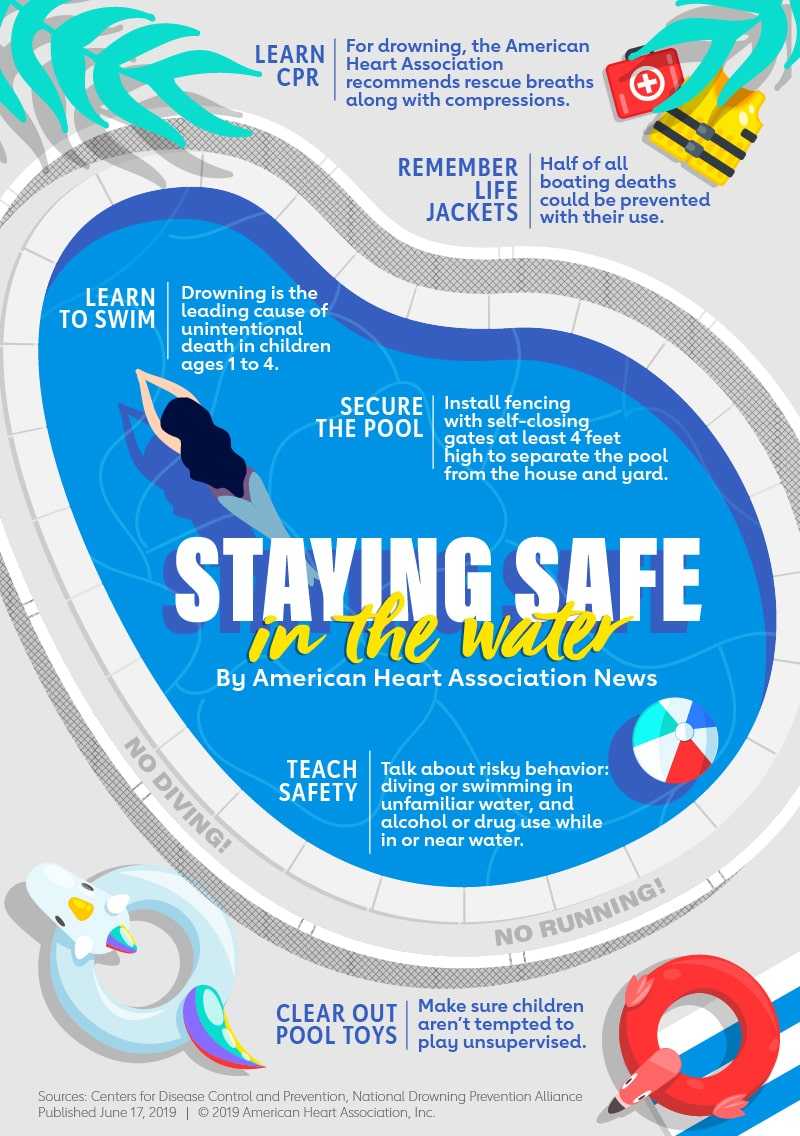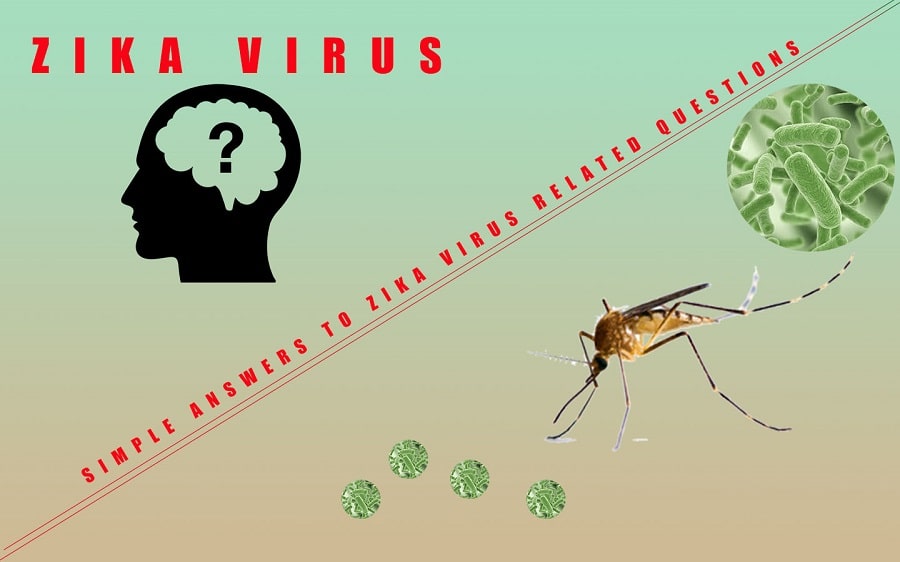After the appearance of Zika Virus in 2013, almost every internet user is interested in searching for the information related to structure, transmission, outbreak regions and disease related dangers of the virus. For scientists there are still many unanswered questions but for a common man there is significant information available on the internet. Finding straight forward answers to the questions related to Zika virus is the main concern of a layman. So here we are providing the simple answers to the most commonly asked questions about the Zika Virus.
What are the modes of transmission of Zika Virus?
Transmission of Zika virus commonly occurs through infected mosquito bite but sexual contact or blood transfusion from the infected individual is also a mode of transmission of Zika virus.
What are the most common symptoms of Zika infection?
Skin rash, conjunctivitis, mild fever, and joint pain are the most common symptoms of Zika infection. These symptoms are mild and last for few days only. No more than 20% of the infected individuals experience all symptoms simultaneously.
Is there any vaccine for the virus?
Currently there’s no vaccine or drug for the treatment of Zika Virus. Research is being conducted for this purpose, but it will obviously take some time to arrive in market after the discovery. Water and OTC are the only best treatments available up till now.
How Zika Virus affects pregnant women?
Zika virus infecting pregnant women causes microcephaly in the babies. There is no scientific proof available yet, but pregnant women are advised to be careful while travelling to Zika infected areas.
Will US face Zika outbreak in near future?
Zika Virus has infected some areas of US but according to experts there is a very limited chance of a massive outbreak. Localized outbreaks in southern states can be expected because of the presence of Aedes mosquito.
What are the preventive measures?
Protection from mosquito bites is the easiest form of prevention. For this purpose, following tips can be helpful for all.
- Avoid skin exposure. Wear clothes that covers the skin properly.
- Use mosquito repellent, nets, and screens to keep the mosquitoes away.
- Stay away from stagnant water.
- Keep garbage away and enclosed in containers.
- Keep windows and doors closed, especially in the evening.
Being informed and well prepared is the best thing that can be done to avoid Zika Virus infection.



